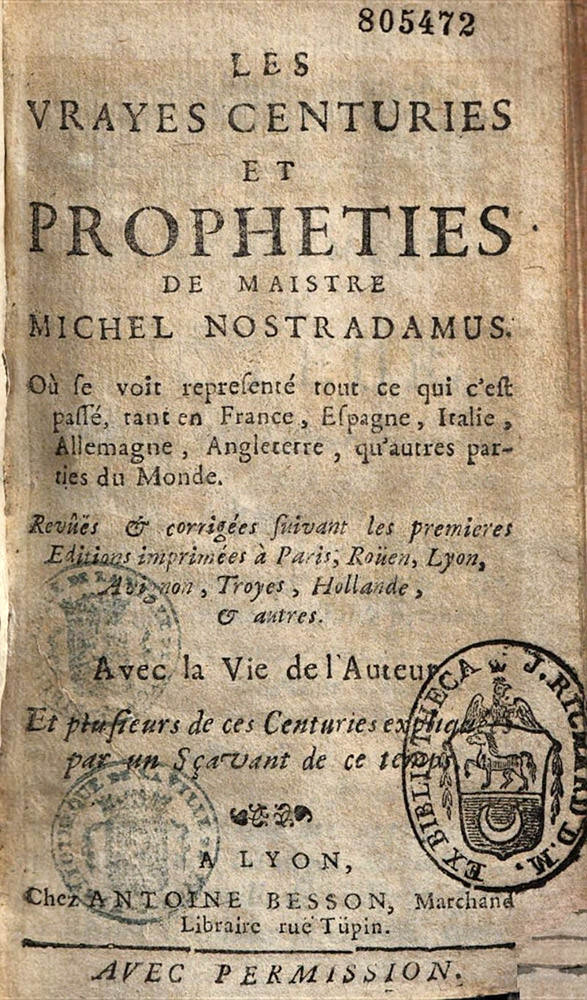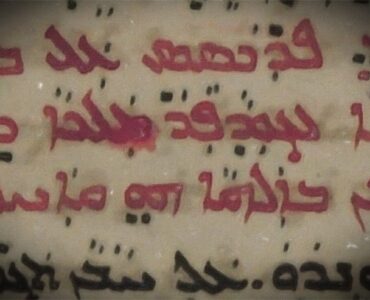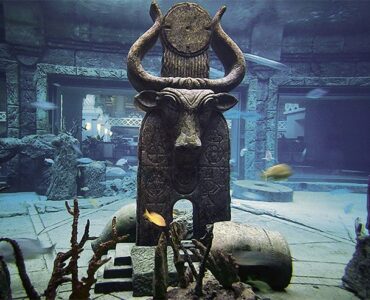Michel de Nostredame, known as NOSTRADAMUS
1503–1566, French physician and prophet
Michel de Nostredame lived during a time marked by turmoil in religion, politics, and medicine. Born into a Jewish family that converted to Catholicism, his life was constantly under threat. His intellectual influences included Galen and Paracelsus. He also studied astrology, due to the supposed influence of planets on the development of diseases.
On May 4, 1555, he had the first edition of the Centuries printed in Lyon by Macé Bonhomme. Written in a dark, sibylline style, these are prophecies composed in verse form—quatrains grouped in sets of one hundred, hence the name “century,” a common format in the early 16th century. The first edition contained 353 quatrains; the final, posthumous edition, 942. In 1557, a new edition was released including new quatrains, sixains, and prognostications. Many editions followed.
The Centuries have inspired the publication of nearly ten thousand books. Even today, despite serious studies, no one can say with certainty what they truly mean. The obscure style and vocabulary—a mixture of Old French, Latin, and Provençal—leave great room for interpretation. The Centuries are far from explicit, and any event that seems to fit one of the many interpretations is presented as the “correct” one—sometimes several “correct” interpretations of a single prophecy are suggested by the same expert.
The Centuries for download
When it comes to the Centuries of Nostradamus, many have already walked this well-trodden path. A quick search led me to a website called “Le Cercle Nostradamus“. It appears they offer a faithful and complete version of the Centuries, which is the one I’m making available for download here. This PDF is very complete and includes an explanatory introduction.
QUATRAIN I – 35
This is the most famous quatrain:
Le lyon jeune le vieux surmontera,
En champ bellique par singulier duelle,
Dans cage d’or les yeux lui crèvera,
Deux classes une puis mourir mort cruelle.
According to some, this quatrain refers to the death of King Henry II. On June 30, 1559, ceremonies were held to celebrate the Treaty of Cateau-Cambrésis, which ended the wars over control of Italy between Henry II of France and Philip II of Spain. During a jousting tournament organized for the occasion, the young Count Gabriel de Montgomery faced the king. On the second charge, their lances shattered, and a splinter from Montgomery’s lance slipped under the king’s visor, penetrating his eye. The king died 10 days later.
A close examination reveals that many of the quatrains written by the seer from Provence are actually political commentaries and legitimate criticisms of the Catholic Church, which at the time was busy burning heretics wherever the Inquisition had authority.
With his Centuries, a work whose poetry draws from the style of Petrarch, he contributed to an eschatological-astrological literature (foretelling the end of times through astrology), which allowed him to call himself a prophet in a time when astrologers hid behind their science to avoid a church in crisis.
Nostradamus was labeled a heretic and sorcerer by fanatical residents of Salon attached to the Catholic faith. The unrest in the spring of 1561 in Salon—a new uprising by the Cabans—and Nostradamus’s flight to Avignon may explain why the almanac for the year 1562 contained blank spaces, suggesting he hadn’t completely reviewed the text.
Nostradamus’s Testament
He wrote his will on June 17, 1566. On July 2, 1566, gout finally overcame Nostradamus’s health. At the age of 62 years, 6 months, and 10 days, he was found dead near his bed and bench—just as he had predicted in one of his quatrains.
His remains were first buried in Salon, in the church of the Cordeliers’ convent (Friars Minor), as he had wished. The epitaph read:
“To the great God. Here lie the bones of the most illustrious Michel de Nostredame, deemed worthy among mortals to describe, by the course of the stars and the entire universe, with an almost divine pen, the events of the future. He lived 62 years, 6 months, and 10 days, and died in Salon in 1566.”
In 1791, the tomb was desecrated by National Guardsmen who hoped to find treasure. They smashed the coffin with axes and allegedly found a note stating the date the tomb would be violated. Nostradamus’s bones were scattered by the Revolutionary soldiers. Today, a new epitaph honors his memory in the Chapel of the Virgin of the Saint-Laurent Collegiate Church in Salon-de-Provence.
His legacy also includes a manuscript discovered in the 20th century, titled The Hieroglyphics of Horapollo (an interpretation of Egyptian hieroglyphs), dedicated to the Princess of Navarre.



















